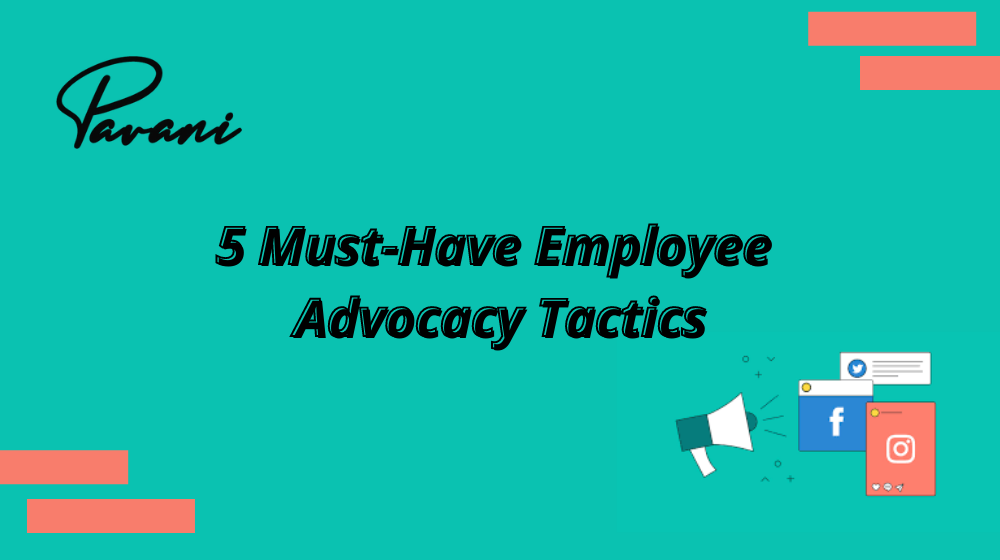Employee Advocacy Tactics
We often talk about how successful social media influencers are in spreading the message for a business. But as we discussed in the Top 5 Employee Advocacy Programs to Increase Your Brand Range, often the employees of a company can be their best supporters online. Employee advocacy can be a powerful marketing tool for any company.
Employees can create exceptional advocacy because they:
- Learn more about a company’s products than anyone else
- Can truly recommend these products to their social media followers
- Usually represents the best interests of the company (assuming there is a good corporate culture)
- Can create a positive expression for their employer
Consumers always value approvals and recommendations. This is why sellers add evidence in their copywriting. They did this even in the pre-Internet era when most mail orders and long-format copies were accompanied by happy suggestions.
While the final proof probably comes from a satisfied customer, the happy employee’s comments are not far off.
Consumers are always looking for third-party recommendations and product reviews. According to Cisco, the social posts of employees of a company generate 8 times more involvement than the posts of the official company account.
5 Must-Have Employee Advocacy Tactics
Create a Powerful Workplace Culture
Let’s be honest. Employee advocacy is not suitable for every business. In fact, some companies have toxic relationships with their employees, which destroys any chance of success.
Fortunately, most companies are not like that. Most workplaces are in harmony with employers and employees, and they feel loyal to each other.
Here you have to be honest. If your employees do not love their job, they will not develop suitable employee advocacy. If they think they need to retain their work, they can put together a quick post. But their lack of enthusiasm is exposed.
Encourage Your Employees to Participate in the Program
Assuming that you are running an employee-friendly environment with a positive corporate culture, you should encourage your employees to participate in your employee advocacy program. There is a huge gap between wanting a job and actively promoting it on social media.
Initially, many employees think of themselves as “normal human beings” and have no experience marketing anything on their social media accounts.
You need to show your employees how their participation can help. They should have some incentives to participate.
Set Goals and Performance Targets for Your Program
Like any marketing plan, including Influencer Marketing, you need to set goals for your employee lawyer plan. You need to determine if this is a wise investment of your time, money, and other resources.
It’s great to have “hot vague” feelings because your employees say good things about your business. But that is not going to help your downline.
Establish Social Media Best Practices and Guidelines
Depending on how big your organization is, your employees, and the demographics, and the psychology of your employees, there may be a wide range of social media skills and experiences. Some of your younger employees may have run a Facebook account when they were little kids. Some of you older employees may still wonder what social media is and have never heard of Twitter, Instagram or Facebook.
Appoint Leaders for Your Employee Advocacy Program
You can start your staff advocacy program with more buying and enthusiasm, but if you do not have the leaders driving everything then people will leave and stagnate. Once your employees are tired, they will soon get tired if you do not comment on their progress.
Without leaders, you will have no stability. Whether you provide guidance or not, employees will post everything they deem appropriate.
The essential requirement for most employee advocacy software to use is to grant leaders special access rights so they can take control and monitor the process.

